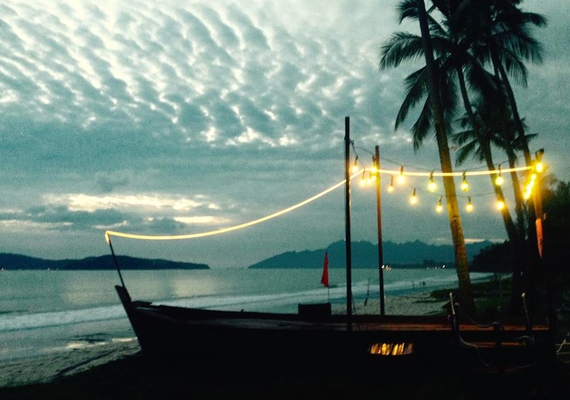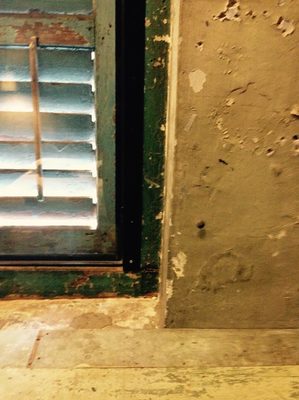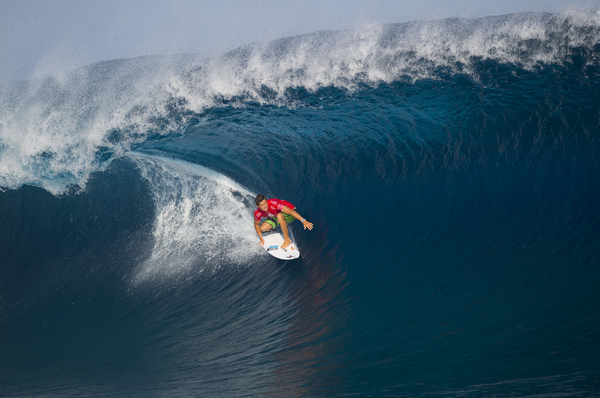By PHIL JARRATT
UNLESS we told you, you’d probably never spot this sexy new hotel cleverly built over and around an ancient cafe. Fittingly, the eight standard rooms are designed to blend in with the structure’s original elements – think peeling paint, worn wood floors and chipped plaster.
Lonely Planet Guide to Malaysia, Singapore and Brunei, 2013.
I’m not a slave to travel guides by any means, but I was glad that I’d downloaded an e-version of the Lonely Planet Guide as we arrived in Ipoh, described as “one of Malaysia’s more pleasant midsized cities, chock-full of colonial architecture”, but the 100-year-old railway station proved disappointing, despite its debts to the Taj Mahal and Moorish grandeur.
The hotel attached to it was “closed for renovation” but there were no workmen in sight and our taxi driver said it had been closed a very long time, so I flipped open the Lonely Planet again to the quirky entry above, and asked the driver to take us to the Sekeping Kong Heng. I calculated we were no more than a few blocks from it, but he’d never heard of it, and we circled the block twice before I spotted the faded sign above the “ancient cafe”. Even in the Chinese cafe, where a few crusty old locals were slurping up their noodle lunches, no-one seemed too sure, but they pointed to an alley alongside and we wheeled our bags along the brickwork.
A Chinese man of about my age called to us from behind a scruffy window, and I wondered if he was selling postcards or something for erectile dysfunction, but when we inquired about the hotel he replied in perfect English that yes, indeed, this was the reception desk for the Sekeping, and his name was David and would we like a guided tour?
Our bags were placed in a goods basket and winched upwards as David opened the padlocked gate and led us up the mesh-metal staircase. The Sekeping had clearly grown in and around the cluster of dilapidated shophouses since the Lonely Planet visit, and we were led through a rabbit warren of chic rooms and studios, roof gardens and a stark concrete pool looking out over the clock towers and steeples of the old town. From here in one broad sweep you got a feel for how this place must have been more than a century ago, when it was one of the most prosperous towns in South East Asia, with the British making a fortune from tin mining and the Chinese from feeding and clothing them.
We chose a room in the mid-range (about $70) and spent about an hour marvelling at its industrial chic minimalism. Some of the walls looked more or less original, scarred and chipped, and the window frames and shutters were paint-peeled and battered. There was a concrete bench under the window and a hard chair that would be my office, and the bed (the only comfortable thing in the room) afforded a clear view of the metal-framed and glass-encased shower and toilet, perhaps not exactly what you need when you’re living on a diet of Asian street food.
But we loved the Sekeping, and found it hard to leave the confines of the courtyard below, where crude concrete and brickwork walls gave way to a boutique, air-conditioned cafe and wine bar, and even a barber shop. And not a hipster in sight! As for the rest of Ipoh, well, not so much. I read somewhere that the city was becoming a magnet for Australian retirees. As much as we liked the Sekeping, we won’t be joining them.
From Ipoh we took a bus up the mountains and onto the Cameron Highlands, where we stayed at the quaint Hillview Inn in Tana Rata. The Hillview must have had a postcard view back in the day, but besablock mega-development has seen to that, as it has over much of the Camerons, where the tea plantations and strawberry farms are punctuated by new shopping malls and mock-Tudor resort hotels.
But the Camerons are still a Mecca for bushwalkers and backpackers, and the ramshackle streets of Tana Rata echo the golden years of the denim trail through Asia. On a cool evening last week, I found a bottle shop on the main street where I purchased a Chilean chardonnay for $10 and took it down the road to a rough-looking Indian joint where we sat at a bench just above the noise and fumes of the motorcycles and enjoyed the best $3 meal I’ve had for about 35 years.
Now we’re at the northernmost point of our journey, on the tiny island of Rebak in the Langkawi group, just below Thailand, chilling out for a while before heading to the east coast. This is a one-resort island, Indian owned and managed, with an almost exclusively Indian clientele. The food is excellent, but it ain’t three bucks a meal, I can tell you.









